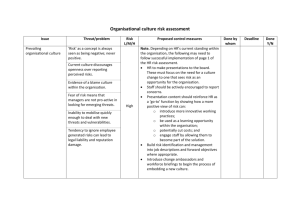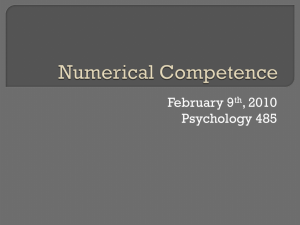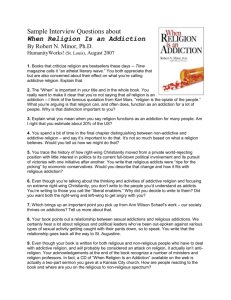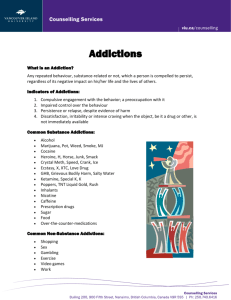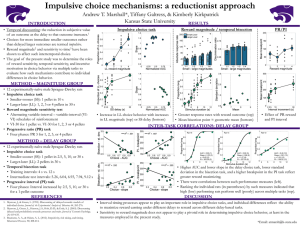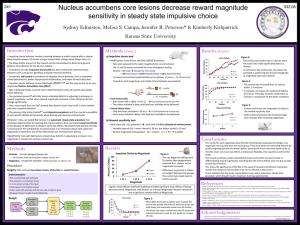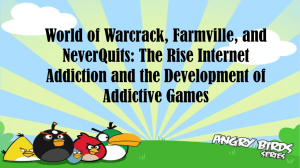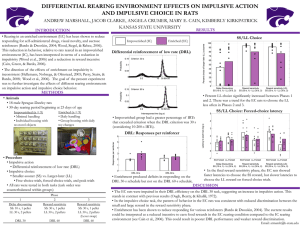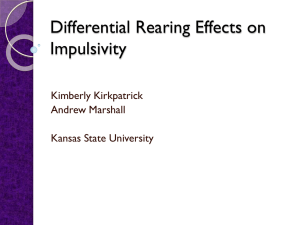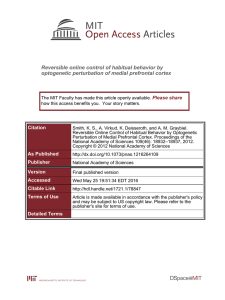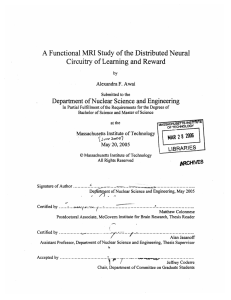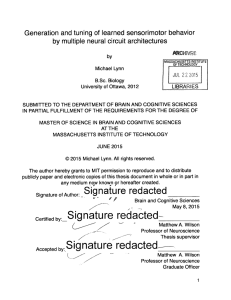Addiction and Gambling- What is it Philip
advertisement
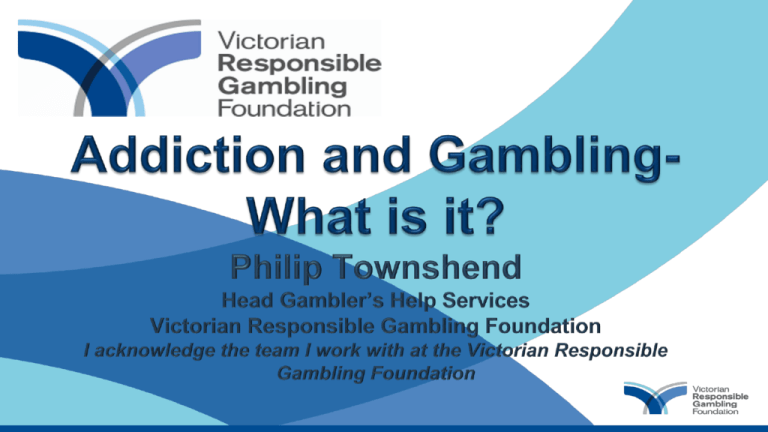
• • • • • • • • Moral weakness Disease Psychodynamic symptom Social Issue Psychological problem Genetic predisposition Public health issue A product of our brain functioning Page 2 • The most common community model • Gambling- an “idiot tax” • People choose to gamble- (and almost all addictive behaviours) – No one does it for you – People do it despite expressing a desire not to • Judged as a “character flaw” Page 3 • Developed from12 step approaches – AA, GA, NA, AlAnon • Need to have a diagnosis to be eligible for treatment • Altered metabolism of drugs – Drugs/addictive agents regarded as allergens Page 4 • Addiction is a symptom of something else • Associated with early life stress • Treat the psychological issues causing the symptom Page 5 • Learned from family and friends: – Its what the family talk about when we get together • Women needing a safe place to socialise • A social activity: – Sports and social groups • Casino bus trips Page 6 • Rats in Skinner boxes share many features of humans on slot machines: – Variable Response Schedules • Pavlovian - classical conditioning: – triggers associated with the reward take on rewarding functions Page 7 • Alcoholic rats: – Breeding from thirsty and alcohol using rats – 12 generations to produce an alcoholic population • Bariatric surgery: – some people who have this surgery rapidly establish other addictions – D2 has a reward dampening function – D3 limbic area- associated with impulsivity • Complicated by epigenetic inheritance: – Transcription factors/environmental factors Page 8 • If addictive products are available some people will get addicted to them • Focus on the agent rather than the person • Strategies to limit: – Exposure – Advertising – Availability – Price – Access Page 9 • Behavioural addictions mimic behaviours related to survival – A hunter gather species • Substance addictions highjack the reward pathways – Activate reward pathways in the brain Page 10


